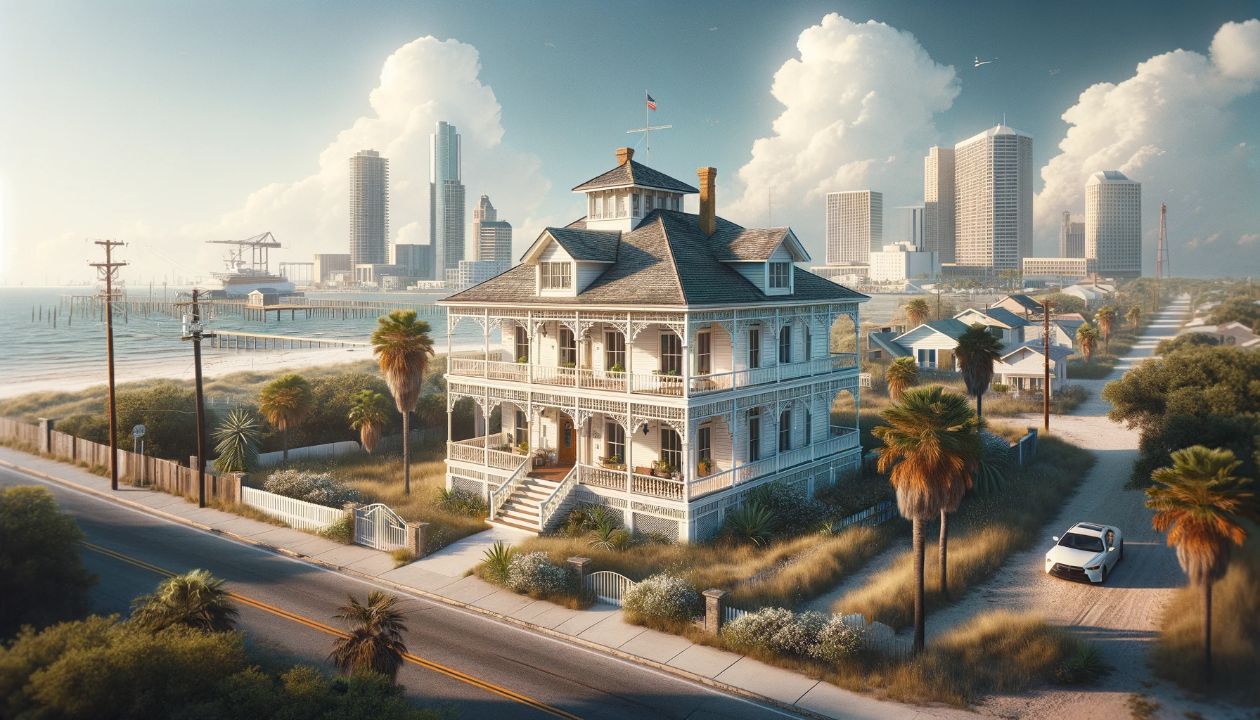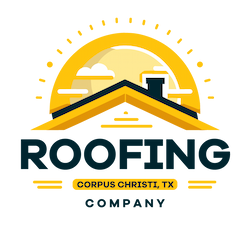Restoring Historical Roofs with Modern Techniques

Restoring historical roofs is a delicate endeavor requiring expertise and innovation. This article delves into modern techniques transforming preservation.
- Technological advancements
- Sustainable materials
- Case studies of successful restorations
Discover how experts blend tradition with cutting-edge solutions to protect our architectural heritage.
Overview of Historical Roof Restoration
Maintaining the integrity of historic structures necessitates a delicate balance between preservation and innovation. Historical roof restoration is a field that embodies this challenge. With the advent of modern techniques, restoration experts can now reinforce ancient durability while respecting architectural authenticity. These methods offer longer-lasting solutions without compromising the historical significance of the rooftops they rejuvenate.
Technological advancements in materials and methods have opened new possibilities for restoring historical roofs. Thorough assessments are conducted to understand the original materials, design, and construction methods used. Preservationists then apply contemporary techniques that closely mimic the old, often combining them with traditional craftsmanship to ensure a seamless blend between the old and the new.
Protect your home and family with reliable Roof services. Get a free quote and the peace of mind you deserve.
As we delve further into details, it’s important to note the role of modern diagnostics in restoration. Advanced imaging and diagnostic tools enable specialists to pinpoint decay and weak spots with precision. This helps in strategizing effective restoration while minimizing intrusion on the original structure. Sustainable materials are often introduced, providing enhanced durability that aligns with historical aesthetics.
Traditional Materials vs Modern Techniques
In the sphere of historical preservation, the contrast between the use of traditional materials and the application of modern techniques cannot be overstated. Historic roof restoration often demands a sensitive balancing act; we must respect the integrity of original materials like slate, terracotta tiles, or wooden shingles which carry the essence of the past. Yet, failure to integrate improvements in durability can lead to quick degradation. Advancements in protective coatings and modern sealing methods offer solutions that shield these materials from the environment without compromising their aesthetic and historical value.
While time-honored materials bring authenticity, the integration of modern techniques ensures longevity. For instance, using advanced moisture barriers in combination with traditional slate can enhance the roof’s resistance to water damage. The collaboration between historical accuracy and modern-day science is where sustainable preservation thrives. A meticulous approach is exercised, one where each tile is assessed; preservation meets innovation for a lasting tribute to architectural heritage.
Advances in diagnostic tools also play a crucial role. Techniques such as infrared scanning allow us to detect underlying issues without invasive probing, preserving the building’s structure. This non-invasive approach paves the way for targeted restorations, ensuring that modern interventions are discreet and effective. In the following sections, we’ll delve deeper into specific modern methodologies, such as the use of drones for roof inspections and laser scanning for precision, which bring a new dimension to the art of conserving historical roofs.
Recommendations for Successful Restoration Projects
To enhance the longevity of roof restorations, comprehensive planning and the selection of appropriate materials are imperative. Historical integrity can be maintained by using modern equivalents that replicate traditional aesthetics while providing superior durability. For instance, advanced polymer composites can mimic century-old tiles without the hefty weight, easing the load on aged structures.
Professionals embarking on restoration should thoroughly document existing conditions using high-resolution photography and 3D scans. This detailed record not only guides precision restoration but also preserves a digital footprint of the structure’s pre-restoration state, valuable for future conservation efforts.
Incorporating skilled artisans who specialize in traditional techniques is crucial for authenticity. Merging their expertise with cutting-edge technology, such as climate-resistant treatments, ensures that the refurbished roof is not only historically accurate but also equipped to withstand future environmental stressors. This synergy between old-world craftsmanship and new-world innovation is the cornerstone of successful restoration projects.
The Way Forward
In conclusion, the restoration of historical roofs with modern techniques allows for the preservation of architectural heritage while addressing structural and aesthetic concerns. By leveraging current advancements in materials and construction methods, these restoration projects can prolong the lifespan of historical roofs and ensure they continue to serve their intended purpose for years to come. The combination of traditional craftsmanship with contemporary technology enables us to uphold the legacy of iconic buildings and maintain their historical significance for future generations to appreciate. Embracing the wealth of experience and innovation available in the industry, modern techniques offer a promising solution for effectively restoring historical roofs and upholding their cultural and historical value.
